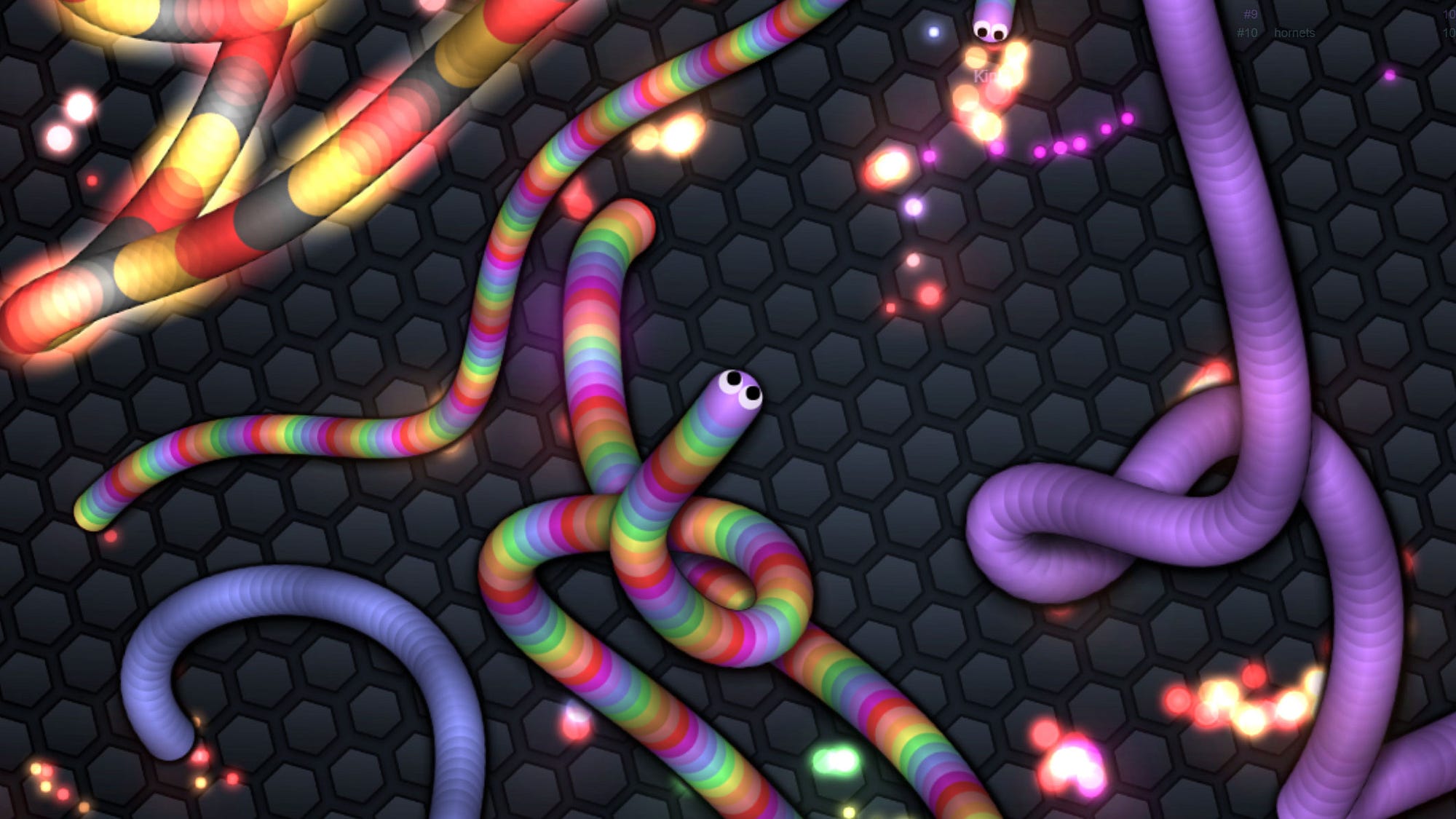The game is played on a grid with numbered squares. The player’s snake moves along the lines of these squares, and each time it eats food it gets longer.
The game’s code assigns key directions to the turtle, listens for input, updates the screen and calculates the player’s score. It also creates a head object and sets it to have the color white.
Gameplay
Snake was one of the first mobile phone games ever invented by Nokia, and it has remained popular through many iterations and platforms. You control a worm or snake that slithers around and picks up pieces of food to grow larger, competing against other players in the same online world. The game also allows you to attack other snakes by headbutting them, turning them into food and helping your own snake grow even faster. Several different levels are available to test your skills and endurance.
Game mechanics
Game mechanics are the desired interactions and relationships between video game elements. This includes both digital and physical elements, such as the buttons on a gaming handheld. Understanding the mechanics of a video game can help you analyze and improve your own gameplay.
In Snake IO, players control a worm that moves around a map and consumes brightly colored dots to grow longer. They also can defeat and eat the bodies of other players, which turn into additional pellets to help them grow bigger and faster. Players must avoid hitting the walls or other snakes in order to keep the worm alive and score points.
A key strategy is to encircle opponents and restrict their movement. This is especially effective if the player’s snake is already long enough to reach the edges of the arena. This can also reduce the risk of hitting other players’ heads, which will kill them instantly. If you’re unable to encircle an opponent, try using tactics such as trapping them or hitting them from behind.
Controls
There are three control modes, enabling you to play the game in ways that suit your style and preference. Joystick mode is the closest to mouse-like control, with a joystick in the corner of the screen that you can tap to move the snake in either direction. This mode is configurable for left or right handed playing, and can also be configured to enable the speed boost button. When activated, this will allow your snake to move much faster, but it does cost orbs and therefore makes the snake shorter, so it should be used sparingly.
Classic mode is the most familiar to most players, and allows you to slide your greasy thumb across the screen to control the snake’s direction. However, it can be hard to get precise with and is prone to frustrating jitters that can make long games difficult or even impossible. Both modes support the speed boost, which can be triggered by clicking and holding any of the buttons in either corner of the screen. This will generate a burst of speed, but costs orb energy and makes the snake shorten by 15 lengths each second.
Score
The player’s snake grows larger in length and thickness each time it eats food. However, the maximum length is limited. In case the snake runs out of the frame’s border, the game ends. The player’s vision is also affected by the snake’s size, with the camera gradually zooming out as the snake gets bigger up to a certain limit.
The score is an important measure of the snake’s ability to eat the most food and stay alive. It is also an excellent tool for comparing a player’s skills against other players from around the world. Prognostic scores have gained widespread applicability and have been used to impact patient care [41].
